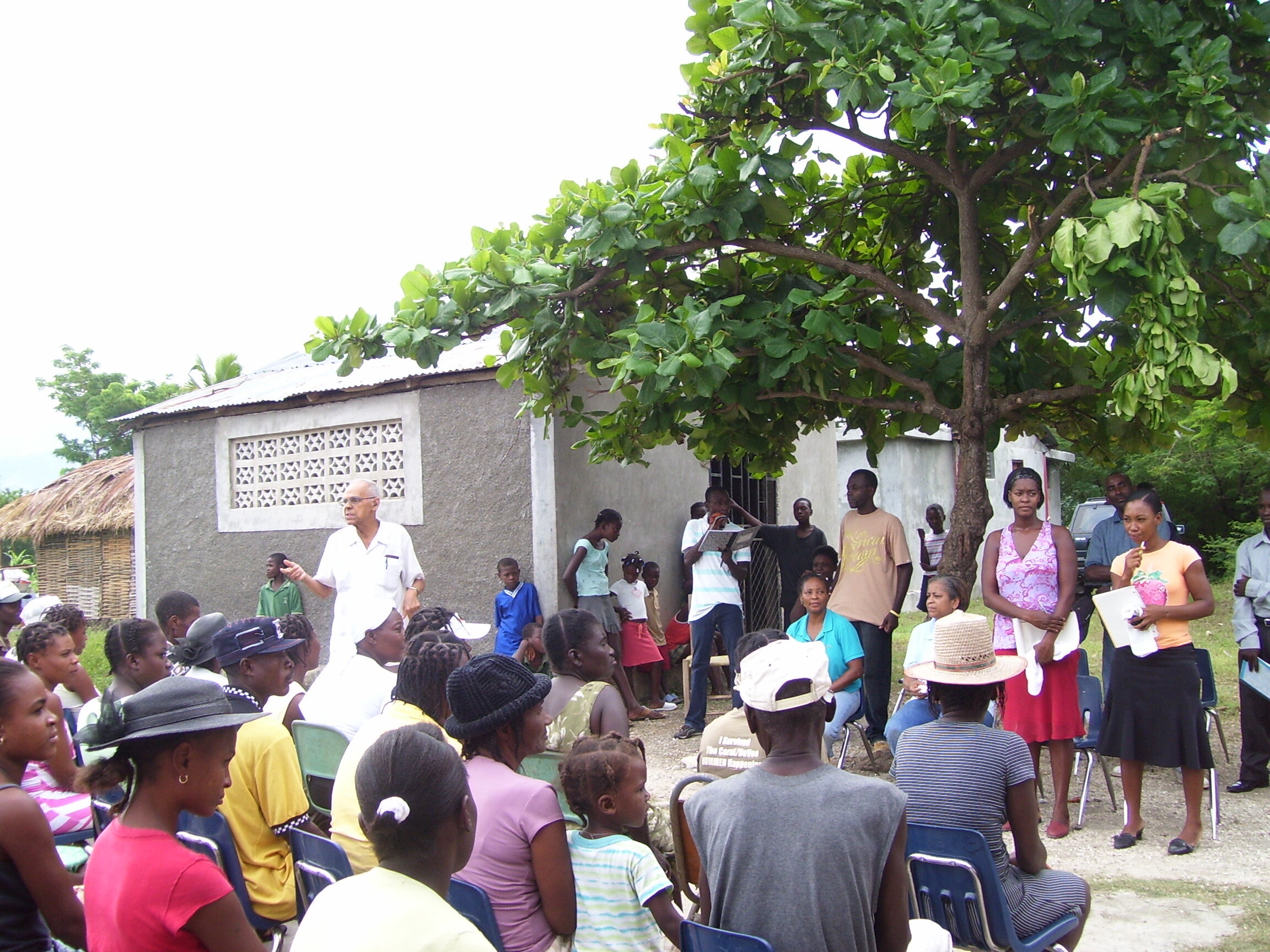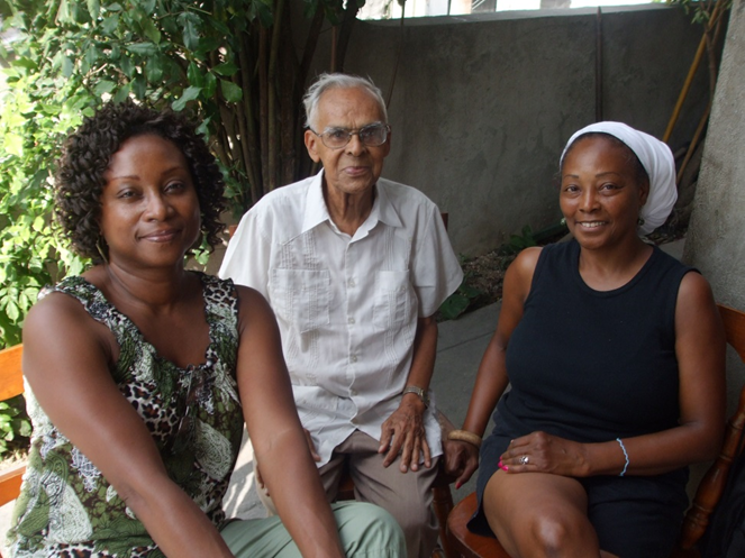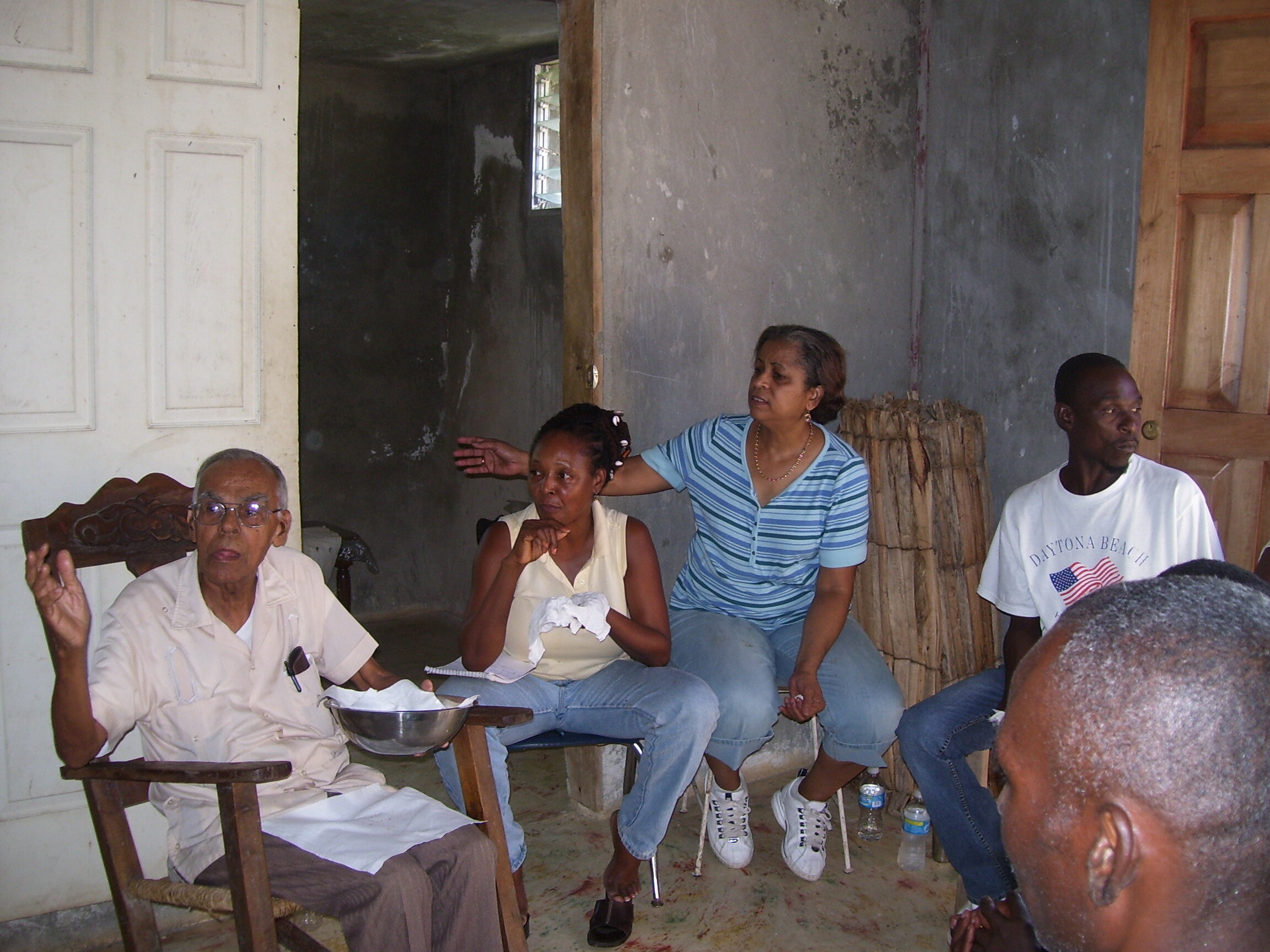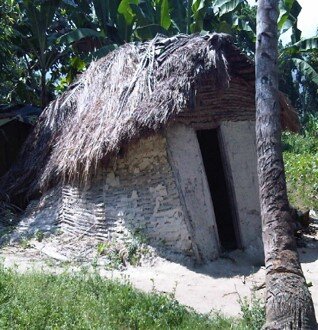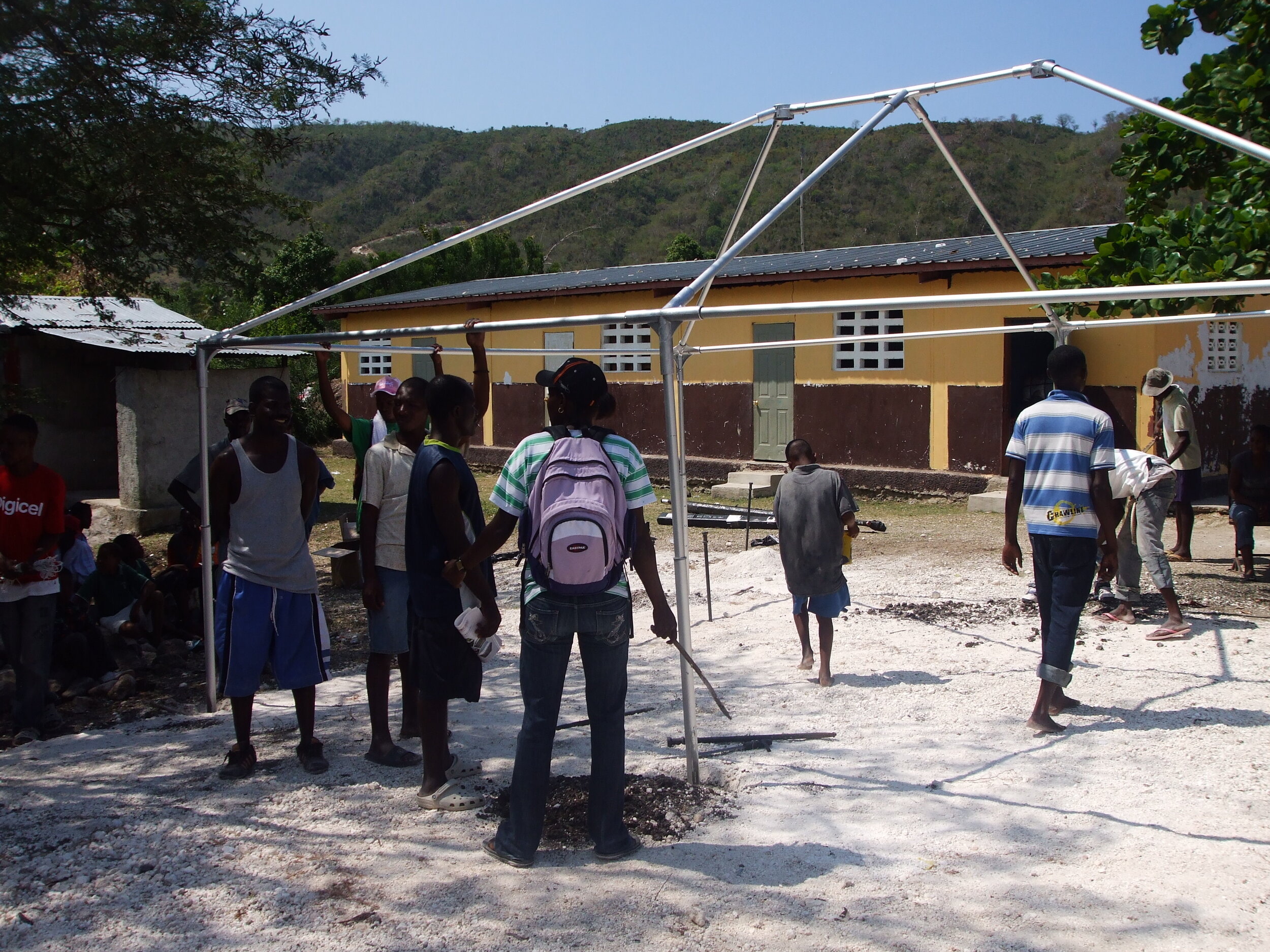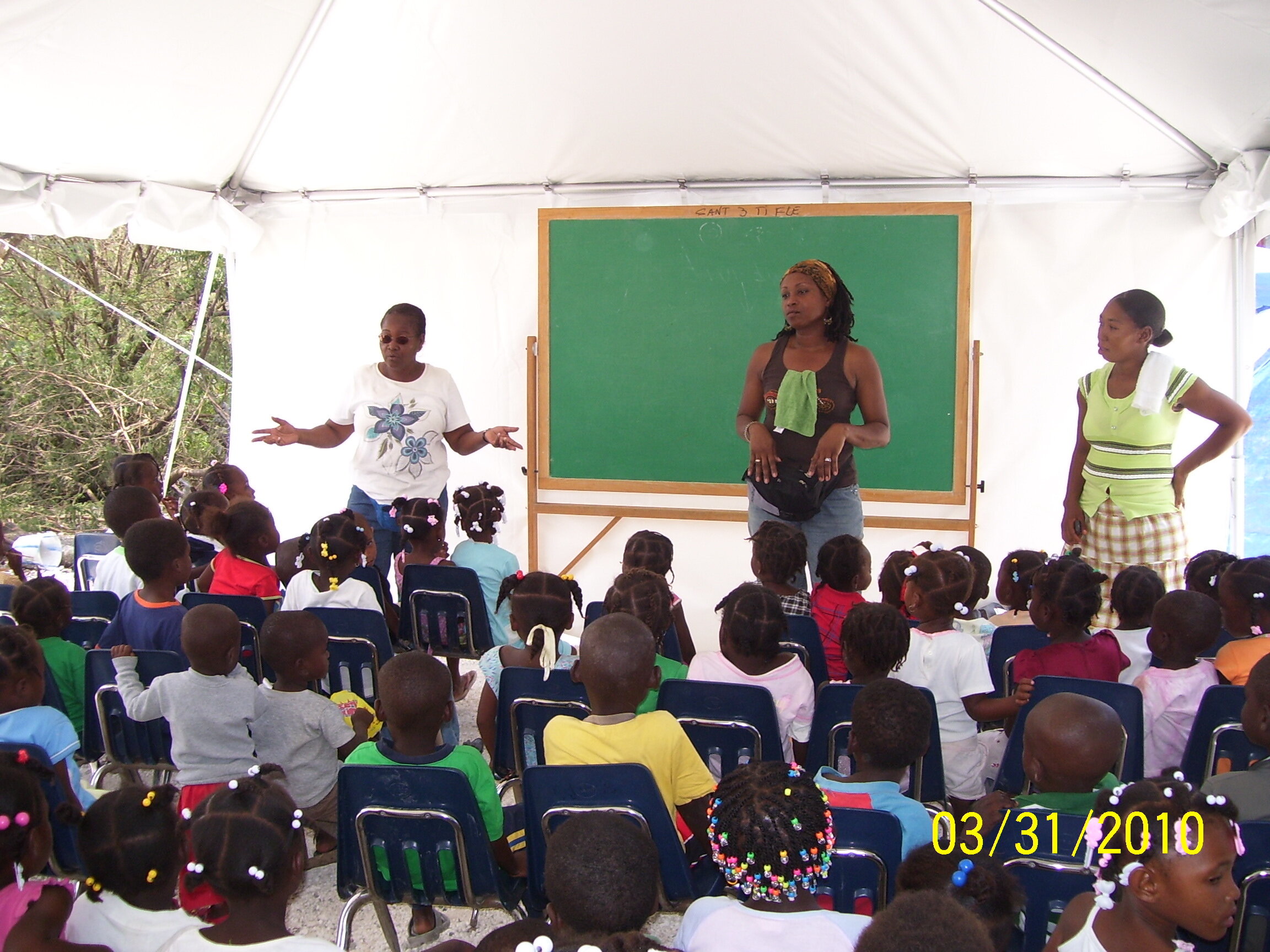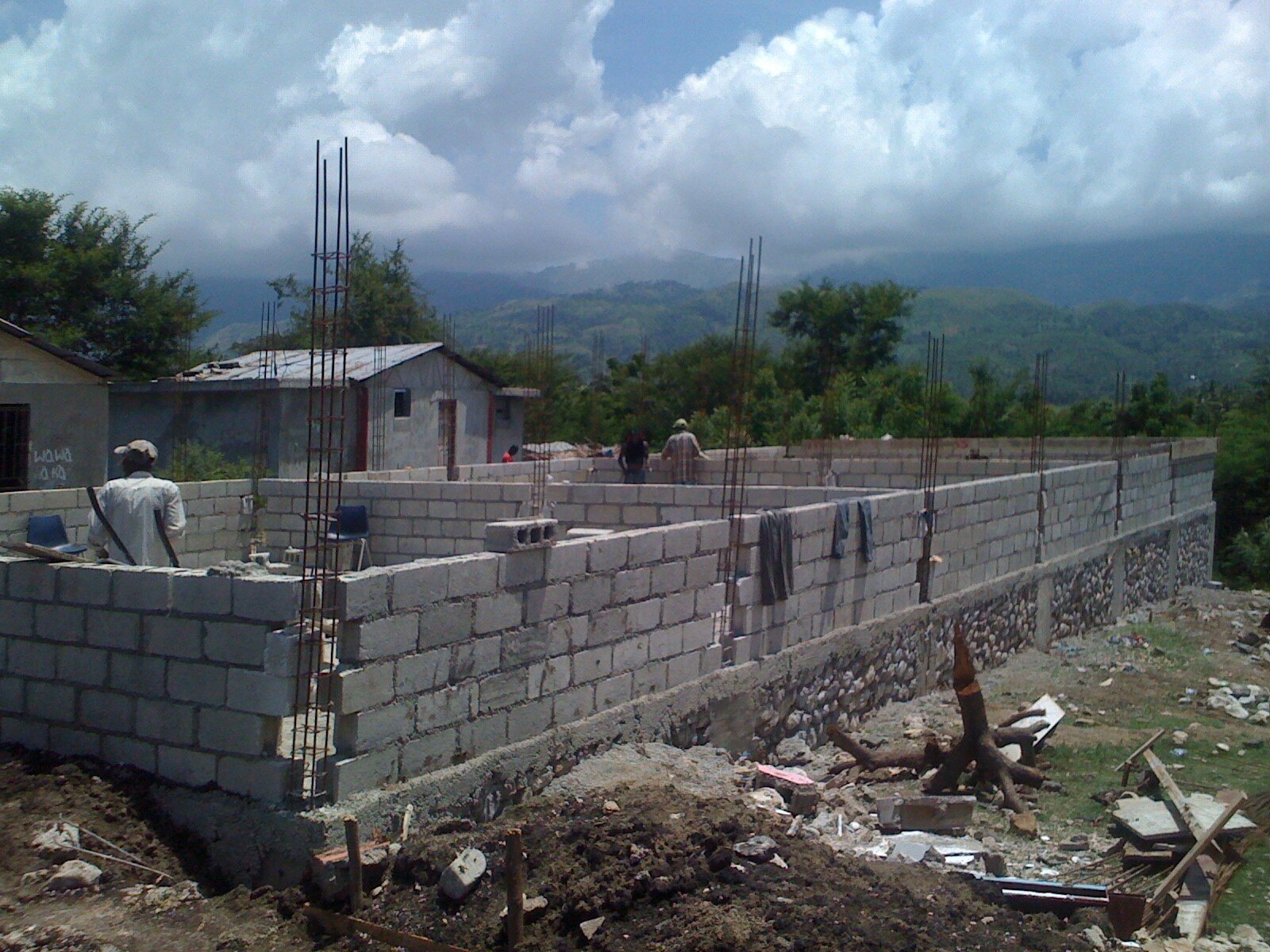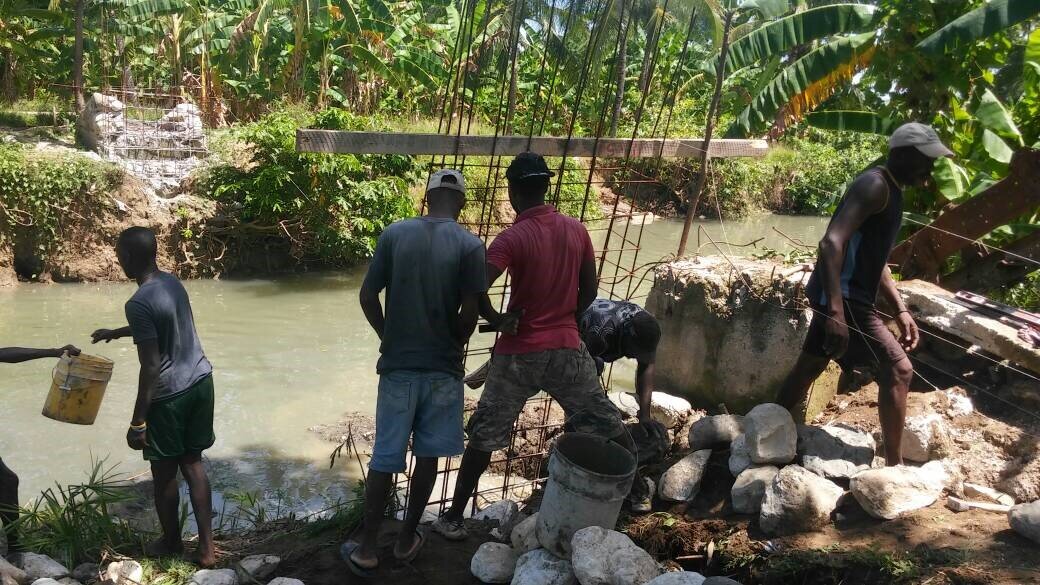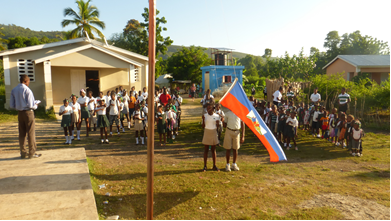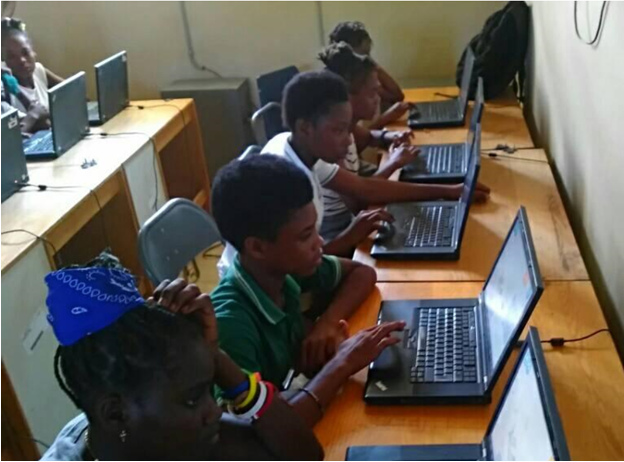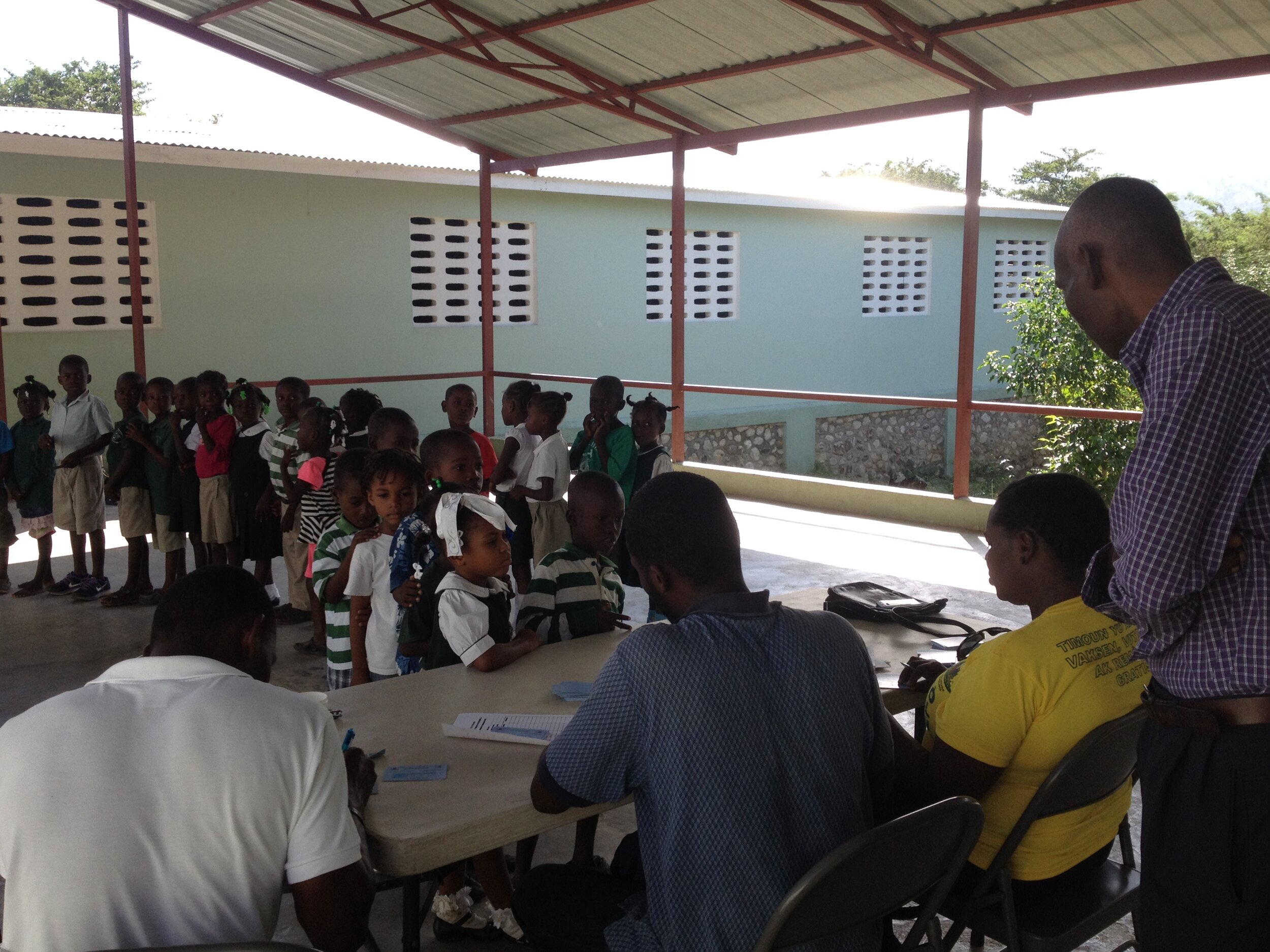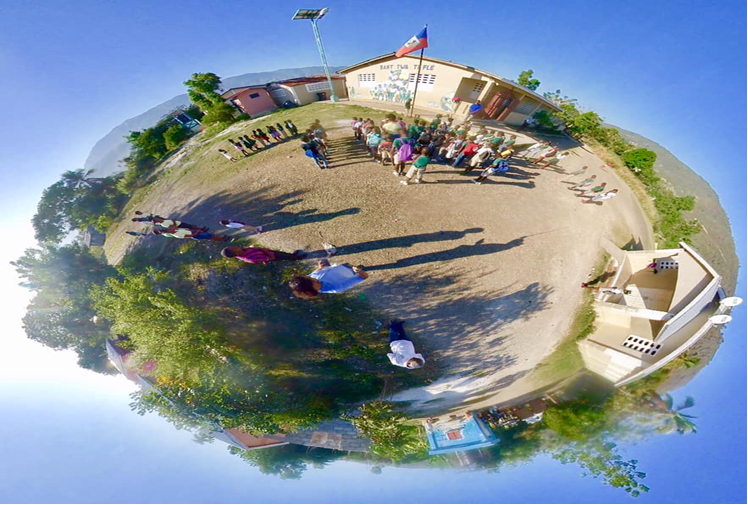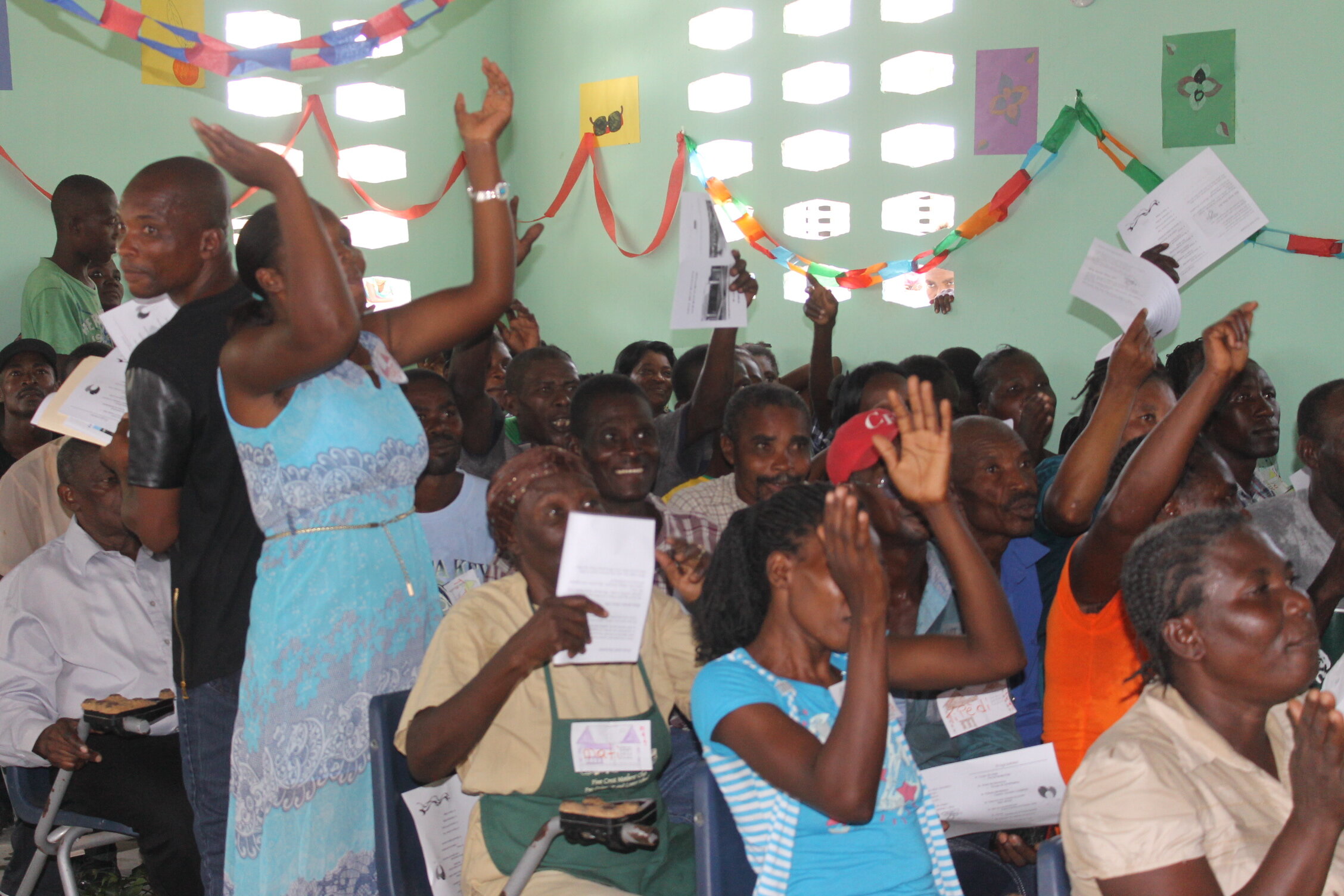Our History
Dr. Yves Dejean, Founder of STTF
The Founder
The 1980’s brought a significant influx of Haitian refugees to the shores of the United States and led to massive incarcerations. Many of the incarcerated in New York City were released through a process of sponsorship by benevolent individuals. Dr. Yves Dejean sponsored Frislè Tiscoit, a native of Fort Royal, small agricultural community outside of Petit-Goave, Haiti. This connection opened the way to an initiative that would forever change the destiny of the people of Fort-Royal. Dr. Dejean’s first visit to Fort-Royal was in 1986. He found a population deprived of all services, where chooling, medical support, running water, and electricity were non-existent.
Professor Dejean began weekly visits to Fort-Royal and under the trees, taught literacy to the children and adults in their home language. He built his concept of a school that respected as well as impacted the rhythms and patterns of the agricultural community. The children who came to school also helped in the fields, fed the animals and helped with their younger siblings. They learned important lessons from the nature around them. Through reflection and analysis of their daily experience, they build factual knowledge and basic concepts that are at the core of elementary learning. Within months, a small and colorful tin roofed room became a classroom. The sign above the entrance read in Haitian- Creole:
The First School House
“Knowing how to read and write does not give people intelligence, it allows them to better use their intelligence so they become brighter.”
Frislè Tiscoit
Dr. Dejean traveled back and forth to the US and the teachers he trained continued to provide the instruction. He shared his experience and commitment to the Fort Royal community with friends, colleagues, and former university students. in 1987, with their support and his retirement pension, he built a three-room schoolhouse on a land donated by Frislè’s aunt.
As he returned to Fort-Royal after one of his trips, Dr. Dejean, learned that three of his young students had died during his absence without any medical care. He named the school “Sant Twa Ti Flè” (Three Little Flowers Center) in memory of Tisè, Lina, and Milann. In 1992, he published “Istwa elèv lekòl mwen yo” (Stories of the Students of my School). The poetry book series features pictures of the students who attended Sant Twa Ti Flè in 1991, and the stories they wrote about themselves.
Tisè, Lina, and Milann
Yves Dejean and TLFC member teaching
In 2002, inspired by the work of Yves Dejean in Fort-Royal, Haiti, a group of professionals in Miami, Florida legally established the non-profit organization Three Little Flowers Center, Inc. (TLFC). Dr. Dejean continued traveling to the US to meet with the TLFC team. He shared his insights about life in Fort Royal and his vision for the school. TLFC members wrote grant proposals, organized talent shows featuring their children, banquets, garage sales, and karaoke’s. Proceeds were donated to support Sant Twa Ti Flè. Members traveled to Fort-Royal, published newsletters to spread word of the mission, and enrolled partners and contributors.
THE REBUILDING
The Earthquake of 2010 damaged the 3 room school building and seriously impacted the community. TLFC donors contributed two large tents that were installed to hold classes. Pine Crest students donated 50 tents to Food For the Poor for families who had lost their homes. Dr. Dejean and TLFC raised additional funds. With the help of family and friends, Bob and Suzi Plati contributed to the rebuilding of the school and community homes destroyed by the quake, and the construction of a community center in the area.
In February 2014, the new STTF complex opened its doors with 6 spacious classrooms, 1 Administrative room, covered halls, bathrooms, kitchen, storage room, cafeteria, and solar panels. By 2016, a water filtration system, a community center, and 70 new homes were built. Three early childhood classrooms were added in August of 2019.
Bob & Suzi Plati, Lesly Clervil (Food for the Poor)






